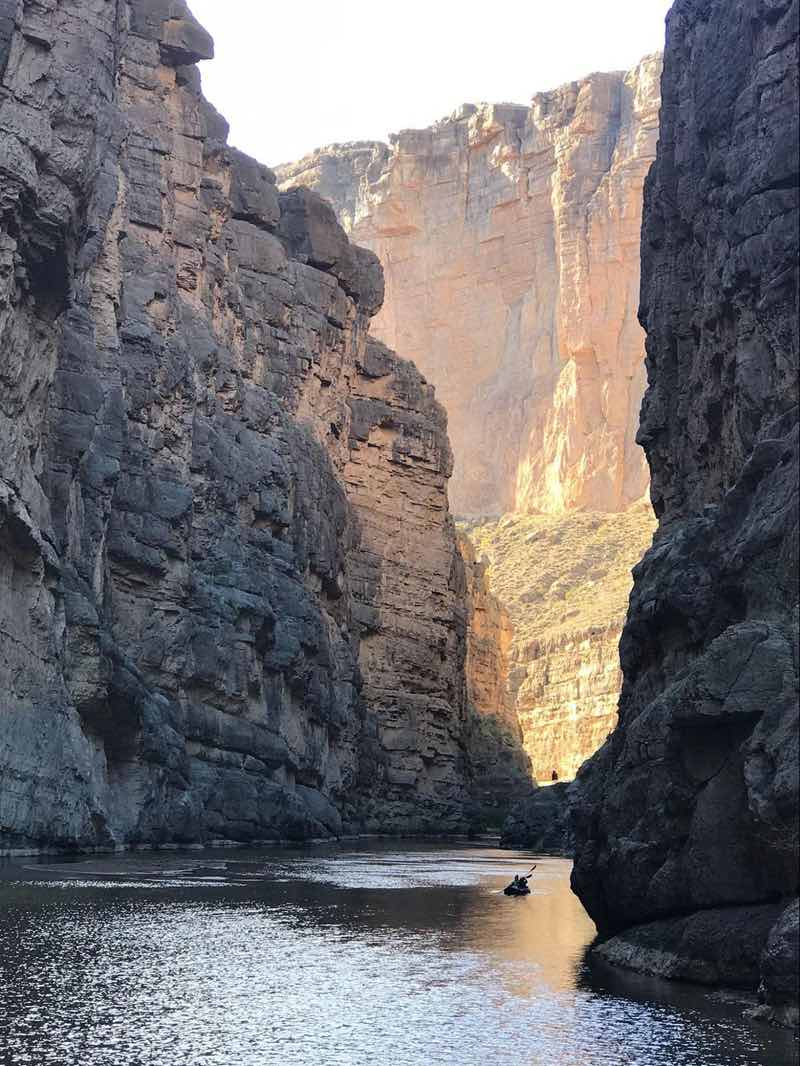
Hiker captures a picture as we approach the Santa Elena Canyon Trailhead.
Whoever said “It’s the journey along the way that matters” must’ve been from Texas. No matter where you are in the state, you can believe it will take you at least two hours to arrive at your destination. Now, if you have your sights set on Big Bend National Park in southwest Texas, boy are you in for an adventure.
Let me tell you a little about Big Bend: it is one of the harshest deserts you’ll hike, but the views at night are breathtaking. The animals and insects are out of this world, and you’ll feel the Universe all around you at the bottom of the canyon. You’ll be scorching hot one minute, and the next you’ll be dosed in rainfall. One thing is for certain, you can never overplan your trip to Big Bend Texas.
Table of contents: ()
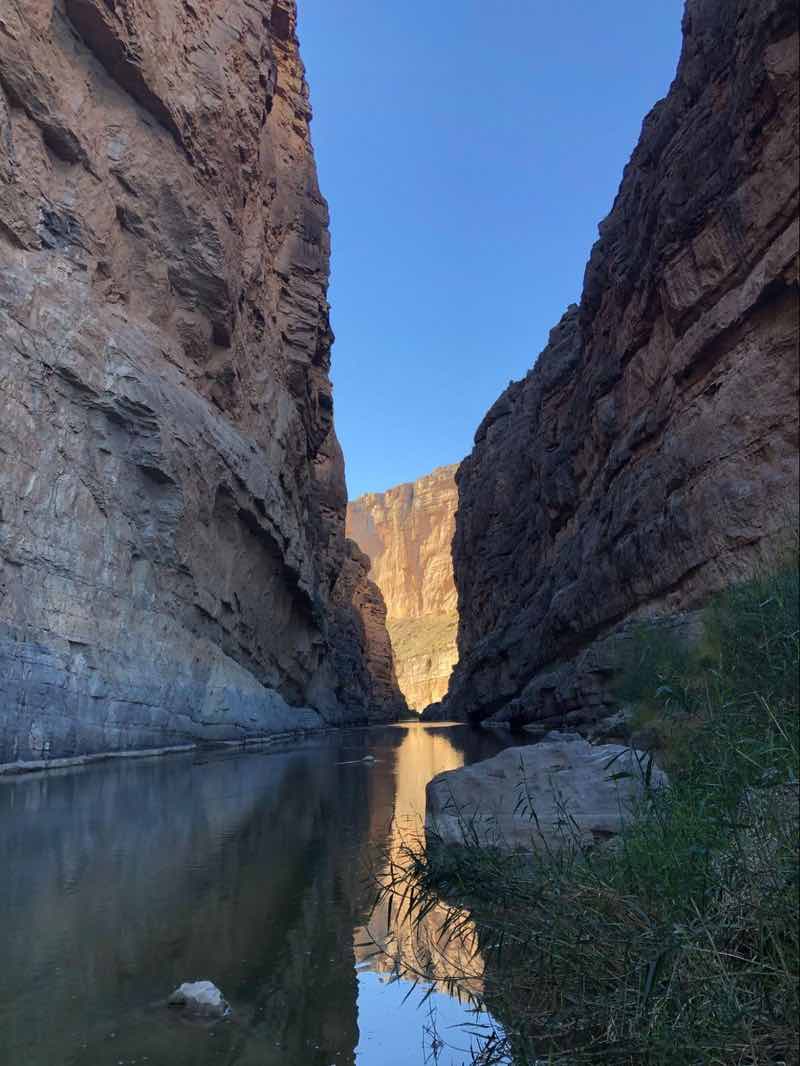
view of the Rio Grande River passing through the Santa Elena Canyon.
Best Time to Visit Big Bend
Like any desert, the best time to visit Big Bend is in the fall or spring. The nights are still chilly, but the sunny days are not as brutal. Winter is another time you could go but be prepared with blankets and warm clothing. As someone who has hiked in Palo Duro during 120-degree Fahrenheit weather and barely survived, I’ve never attempted Big Bend in the summer, nor should you.
I’ve only been to Big Bend during spring break trips and one time during winter in early January. The first time I went was with a girlfriend. The weather was perfect and we chose to car camp in different locations throughout the park. It took about 40 minutes to drive to each trail, which is why we didn’t stay at one campground the whole time. The second time, a boyfriend and I decided to stick to one trail for three days. That time, the weather wasn’t so nice to us and I learned my lesson about water, but more on that later.
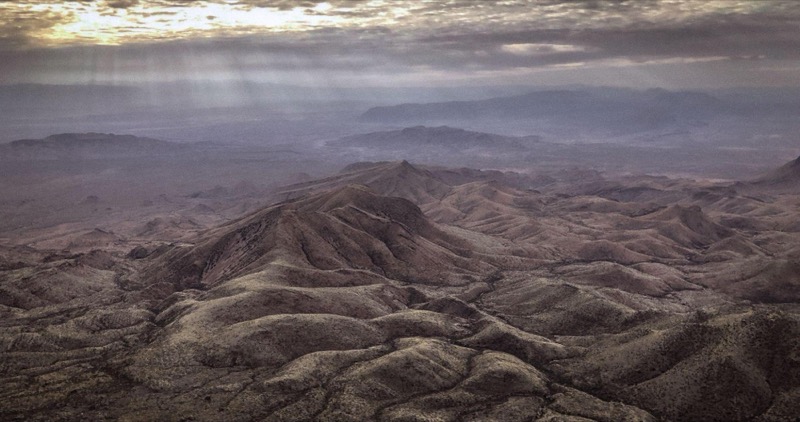
Views of the South Rim from Emory Peak
Book Your Accommodations Now
Before you set out to Big Bend, make accommodations. Reserve your campsite weeks –– even months –– in advance as no walk-up camping passes are handed out. The fee per campsite per night is about $16. A $30 entrance fee is also required to get into Big Bend National Park. These fees support conservation efforts and preserve the park.
The Rio Grande Village Campground is popular with families but if you can, try to get a reservation at Chisos Basin Campground. This campground is situated in the mountains, immersed in the wildlife.
You need a permit from the park’s visitor center to go through the backcountry. I got this permit to backpack overnight along Emory Peak Trail. The permit is $10 a night but is first come, first serve. I was lucky that permits weren’t sold out when I arrived, as I didn’t have a second itinerary as a backup. Take that as your sign to have a backup plan if you’re trying to backpack multiple days and nights through Big Bend.
If camping isn’t your thing, you can check out nearby lodges and resorts and stick to daytime trails. The historic Chisos Mountains Lodge is a popular place to stay, but consider that Chisos Mountains Lodge is undergoing renovations starting in late 2024 and is predicted to take at least two years to complete.
Food and Gear to Pack for Big Bend
Gear
Tent: If you don’t have a tent already, you want to find one that is durable, yet lightweight. Don’t forget the stakes or a hammer, or there will be no tent to sleep in.
Sleeping pad: Don’t forget a sleeping pad. It’s the only thing separating you from the cold, hard desert ground.
Sleeping bag: Get an insulated, lightweight sleeping bag. When you zip yourself up at night, the sleeping bag will keep your body heat inside, keeping you warm throughout the chilly night.
Pillow and Blanket: Some sleeping bags come with “built-in” pillows, but camping pillows offer you a bit more support. Thick camping blankets are also perfect for those chilly mornings as you wake up for the day and sip your coffee.
Lights: Pack a variety of lights when you go camping. I usually have a headlamp, a flashlight, a lantern at the campsite, and string lights for decoration.
Sunscreen: Please use sunscreen, even on “cloudy” days. No matter how hot it is, the sun is still sending harmful UV rays down to us on Earth. The only way to protect your skin is with sunscreen and sun protection. Wear long sleeves and a hat to limit your exposure to the sun.
Toiletries: You still need to brush your teeth when camping in the desert. Pack light and take the necessities like soap, deodorant, and oral care.
Hammock: Set up a hammock at your campsite or take it on a trail to relax between the trees.
Tools: Have a multi-tool handy, along with duct tape, extra power cords, and lighters.
Camp stoves: If you want hot food, you’ll need to pack a camp stove and burners.
Pots and pans: Provision stores carry small pots and pans for camping. Some are small and can be hooked to backpacks, while others collapse to fit inside your bag.
Utensils: Unless you want to eat with your hands, pack a camping utensil set fitted with a knife, spoon, and fork.
Dish soap: Pack a small amount of dish soap to wash dishes or anything else that might need cleaning. A tip I learned recently is to soak individual paper towels in dish soap, let them dry, and then fold them up and put them in a sealed plastic bag. When you’re ready to wash dishes, just wet your soaped-up paper towel.
Camping mug: Bring one small tin mug to drink out of.
Water bottle: A reusable water bottle and a hydration pack are crucial for hiking. You need to have access to water 24/7.
Battery-powered radio: You need to be prepared for sudden weather changes, especially during the summer. Make sure to pack a battery-powered radio and batteries so you can get weather alerts when you need them.
Speaking of emergency supplies, it is a good time to remind you that Big Bend is remote. It takes hours to get out to the desert, so be prepared with emergency supplies and medical gear. Now, you don’t need to have a defibrillator, but bleeding control kits, ice packs, alcohol wipes, and aspirin can go a long way.
Food
I prefer to meal prep when I go camping. I make meals in my kitchen before my trip and pack them in a cooler. Meals I’ve found that are easy to heat and eat are beef kebabs, chicken paella, and salad wraps.
Here are a few other food staples I’ve found helpful and cost-effective.
Canned fish and chicken: Canned salmon, tuna, and chicken are perfect for camping. They are pre-cooked and high in protein. It’s also versatile. You can eat it with crackers and bread or form patties and cook burgers.
Instant mashed potatoes: Packs of instant mashed potatoes are thin and lightweight. You just need to add water, and depending on the package size, you can get about 4 servings out of each packet.
Protein bars: Protein bars are light and cheap. They also come in a variety of flavors so you will find a kind to please each member in your camping party.
Fruit: The best fruits that keep on camping trips are those with skin, like apples, oranges, bananas, and peaches. Frozen grapes are also perfect because they are packed with water and a refreshing frozen snack.
The camping gear and food lists could go on and on. Review the Complete Hiking Packing List to ensure you’re ready to set out on your hike.
However Much Water You Think You’ll Need, Grab More
Hydration is key. One of my most notable camping trips happened the second time I went to Big Bend. On our second day hiking the Emory Peak Trail, my friend and I took a rest stop. There we met two friendly, older gentlemen. When we told them our plan and where we were headed, they were shocked by our water supply.
They insisted we would not last on what we had and gave us their supply. We didn’t want to take these elderly men’s water from them, but they were full of spirit and told us they hiked this daily. I never ran out of water on a camping trip after that time. If we hadn’t taken their water, we would have run out with a day and a half left in our trip.
It is also important to note that you’ll only have access to the water you bring with you, so make sure it is enough. A good rule of thumb is 1 liter of water for every five miles. That is about 33 ounces of water every two hours. Most hydration packs hold up to 3 liters of water, so you’ll want to bring additional water for the entire day. There are no water fountains along the backcountry trails and you don’t want to drink the Rio Grande water! However, there are water bottle refilling stations at Panther Junction, Rio Grande Village, and Chisos Basin Visitor Centers.
Getting to Big Bend
Big Bend is only accessible by car so you’ll need to rent a vehicle or plan on driving your own through the park. It takes me about 7 hours to get there from Central Texas on a good day, but for people in Las Cruces, New Mexico, their drive is only five and a half hours.
If you would rather fly, the nearest airport is in Midland/Odessa which is still a three-hour drive. El Paso International Airport is the next best option, coming in at a four-hour drive.
You’ll know you’re getting closer to Big Bend when your cell signal starts acting funny and you see less and less civilization. Don’t worry about gas, though. Just make sure to fill up at one of the stations off US-90 before entering the park. There is also gas at the Panther Junction Service Station.
- Log your park visits with a Passport To Your National Parks
- Get a Car Rental
- Search for Great Tours HERE
- Book Your Accommodation HERE
- Buy Travel Insurance
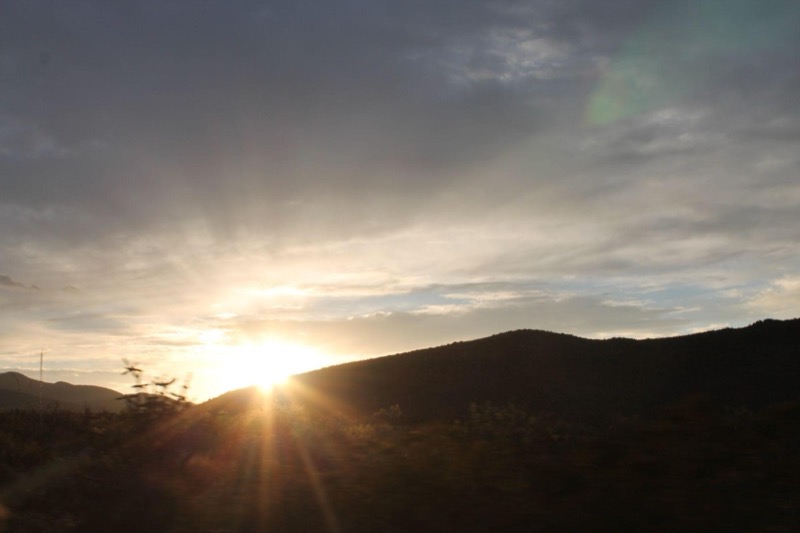
Setting Up Camp
When I first get to a park, I like to see my campsites. I want to get out of the car, stretch, and see where I will rest my head for the night. This is when I will pitch my tent and set up camp to make it cozy. I like to decorate with string lights, my hammock, a fan, and a portable speaker. Keep valuables and food in your locked car, especially when you are away on an excursion. I’m always afraid a bear or animal will raid my camp, but it’s never happened (yet)!
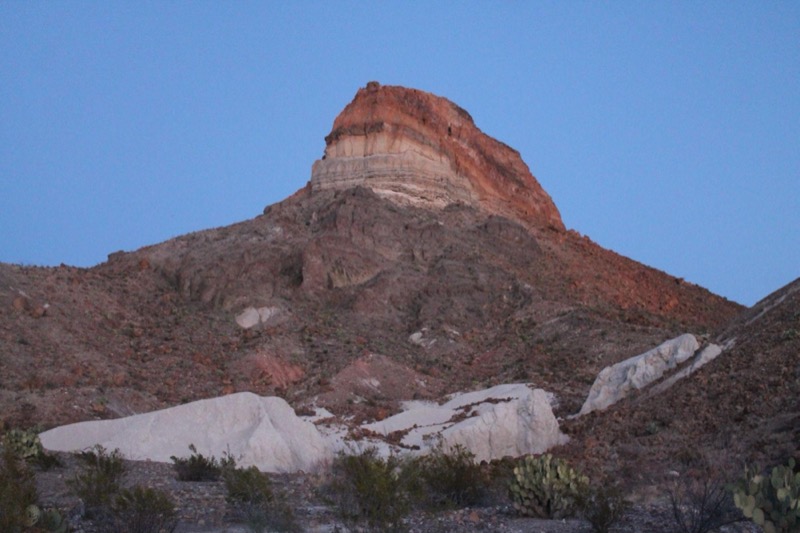
Casa Grande Peak during the evening.
Best Trails For Views
It’s hard for me to say which trail at Big Bend is the best. There are more than 150 trails, all with unique views, wildlife, flora, and fauna. The most popular trails at Big Bend are moderate in difficulty, meaning it will take about two hours to complete. These trails are Lost Mine and Willow.
Although arduous and long, I appreciated the Emory Peak Trail. It is miles and miles long but offers peaks into different parts of the park you wouldn’t see otherwise. Not once did I get bored on that challenging, roundtrip hike.
The next time I return to Big Bend I want to see the Balanced Rock of Grapevine Hills. How did the rock find itself balanced on top of two larger rocks? I am not sure, but maybe seeing it in real life will give me some ideas.
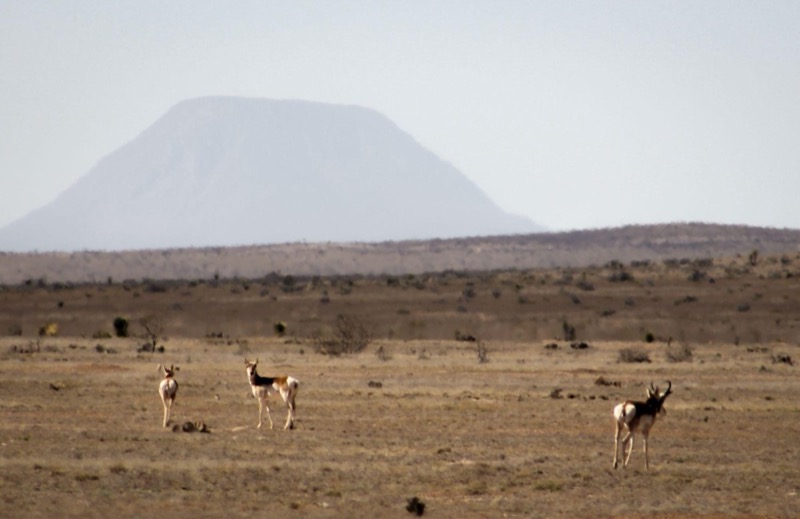
Pronghorn Antelope
Respect Wildlife From a Distance
Big Bend is full of predators and prey. Mountain lions and bears lurk in the same places deer eat and vultures scavenge. If you see a large animal, keep your distance and don’t make any loud noises. You are in their environment, so it’s best not to disturb them. Sometimes, animals will get on roadways and block the path. You can try to honk your car horn to scare the animal, or just wait it out and enjoy the view.
I like bugs, so when it comes to smaller critters, I don’t see any harm in getting up close and personal with them. Unless they fly or have big pinchers; then I will just snap a quick picture and go along my way. When it comes to the campsite, no one likes flying pests or mosquitoes. The best way to get rid of mosquitoes in Texas is to eliminate standing water. Mosquitoes breed in as little as a teaspoon of water, so when you eliminate their breeding grounds, you lower your chances of waking up with itchy bites. Mosquito nets are also useful when draped over tents, cabin windows, and doors.
Don’t Forget to Look Up
Stargazing is my favorite pastime in Big Bend. It has one of the darkest skies in the country, thanks to being so far away from any light pollution or major city. Ranger-led stargazing trips are the perfect fun, educational, and free activity. The Rangers are way more knowledgeable than I am about the stars, so I prefer having someone tell me where to look and explain what I am looking at. If traveling with a mate, consider planning a romantic night under the Texas sky. Just because you’re in the middle of the desert, it doesn’t mean that love is dead.
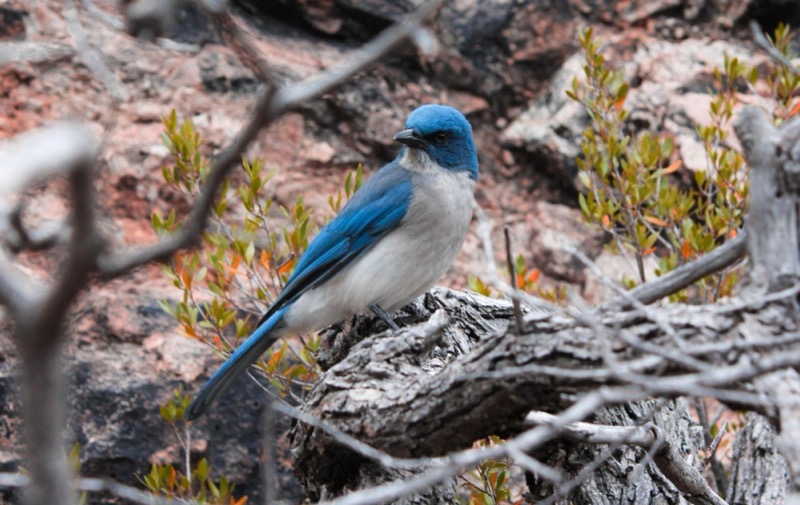
Mexican Jay
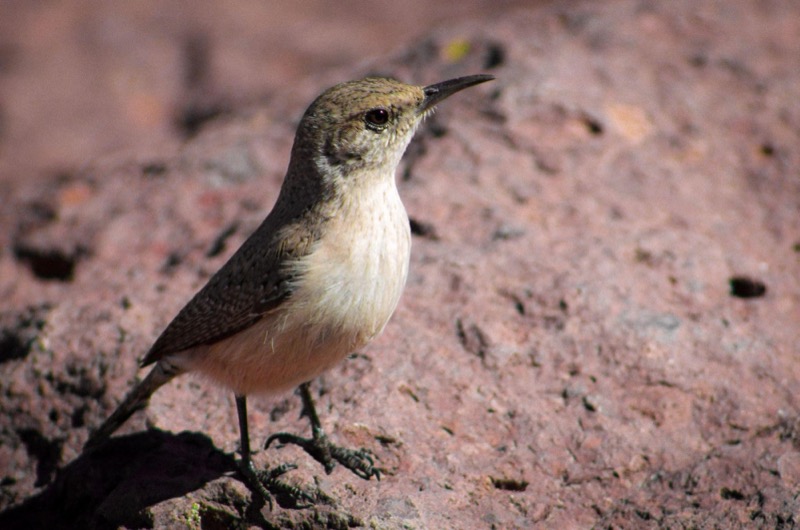
Big Bend Rock Wren
Birding was an unexpected hobby I picked up during my first trip to Big Bend. More than 450 bird species live in and travel through Big Bend. I saw blue, purple, red, and yellow birds, and never the same bird twice. Since Big Bend is so large, larger than the state of Rhode Island, you’ll discover different ecosystems throughout the park. That means you can travel to other campsites and see completely different species than you previously saw. Don’t forget your journal so you can detail what birds you see.
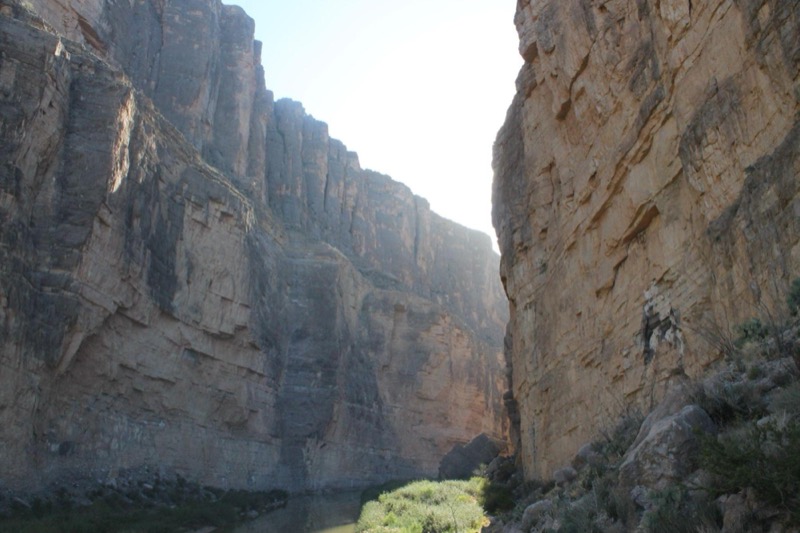
Santa Elena Canyon view from the Santa Elena Canyon Trailhead.
Cool Off in the Rio Grande
The Rio Grande River runs through Big Bend National Park, offering hikers a chance to cool off in the summer and enjoy water activities even if it’s cool outside. Boquillas Canyon is a popular spot for rafting and kayaking, along with Santa Elena Canyon, which offers a moderate to advanced float trip experience.
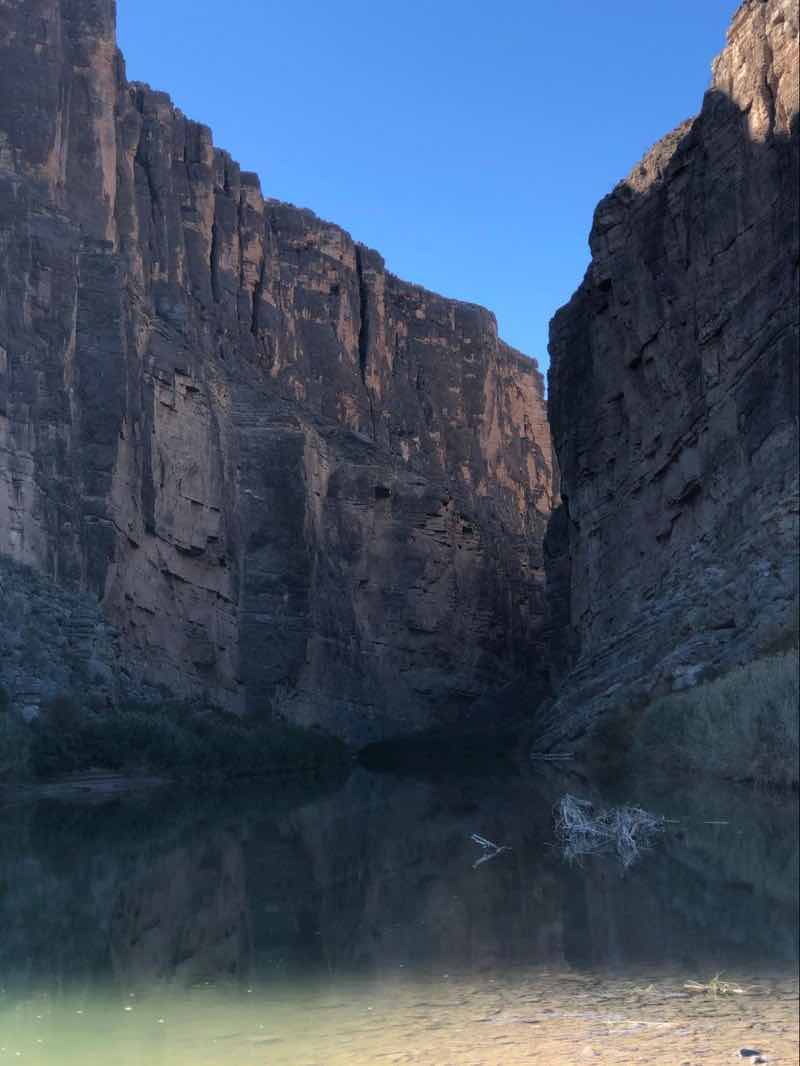
1500 ft vertical cliff walls of the Santa Elena Canyon.
For my one winter trip, I decided I would kayak the Santa Elena Canyon, known for its breathtaking views of the narrow gorge with 1500 ft vertical cliff walls on each side. For this trip, I decided I would do what’s known as a “boomerang” trip, involving upstream paddling and then downstream float. While one can travel as far as 8 miles into the canyon I chose a shorter trip of approximately 3 miles into the canyon.
Permits from Big Bend National Park headquarters or Lajitas, TX, are required along with a few other things which can be found on the National Park Service website here. I began my journey at 8 am so that I would have enough time to enjoy the canyon, stop at a sandbar for a quick lunch, and flow my way back down to the trailhead. It’s an affordable and unforgettable option for those seeking a self-guided trip without guides or outfitters whose landmarks include Smuggler’s Cave and Fern Canyon, suitable for camping.
My trip to Santa Elena was topped off with me meeting an old woman who asked me to take a photo of her there, reminiscing about her childhood experiences of freely crossing the border between Mexico and America. She told me she grew up in Mexico and as a kid, she would play and swim across the border without any issue. She hadn’t returned to the border since she immigrated to America as a young girl and wanted to capture this moment of her now as an old woman. I snapped her picture and we parted ways.
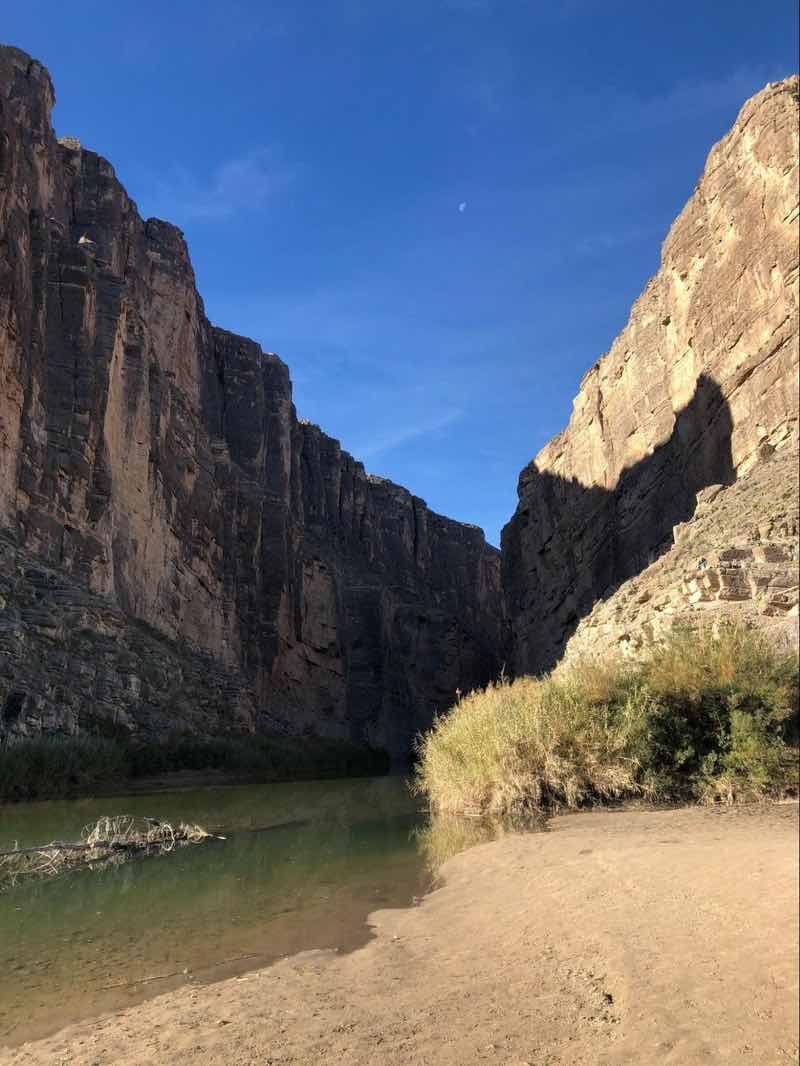
Rio Grande River view from the Santa Elena Canyon Trailhead.
History Lessons at Historic Sites
History buffs will find themselves busy at Big Bend National Park. The Castolon Historic District shows what life looked like for early settlers who found themselves in a strange desert inhabited by Indigenous peoples and Mexicans. Take your time here to explore the ruins of the old cavalry and trading post.
Indigenous peoples and settlers also frequented the Hot Springs Historic District. The springs were believed to cure ailments and aid in relaxation. You can join the centuries-old tradition with a dip in the hot springs.
Leave No Trace
No matter where you are, you should always pick up after yourself. Practice the “Leave No Trace” pledge by cleaning up your campsites and leaving everything as you found it (if not better). Respect the environment and preserve Big Bend’s unique ecosystem by staying on designated trails and following park regulations.
Big Bend National Park offers a truly unforgettable experience for nature lovers and adventurers with stunning landscapes, diverse wildlife, and a deep history. You need to set a week aside to explore the park, but even after going twice I still haven’t seen everything. That’s what makes Big Bend National Park so special – you can go multiple times and still discover something new.
Leave a Reply
Tags: article, big bend national park, national park, texas

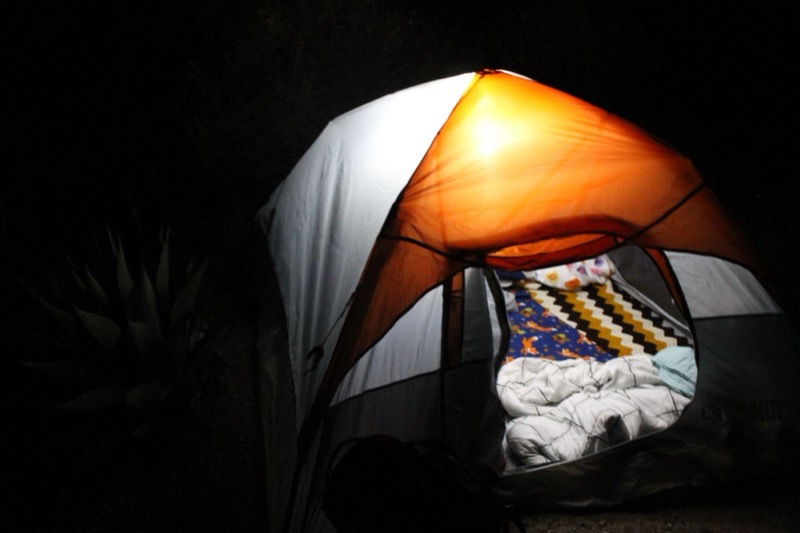
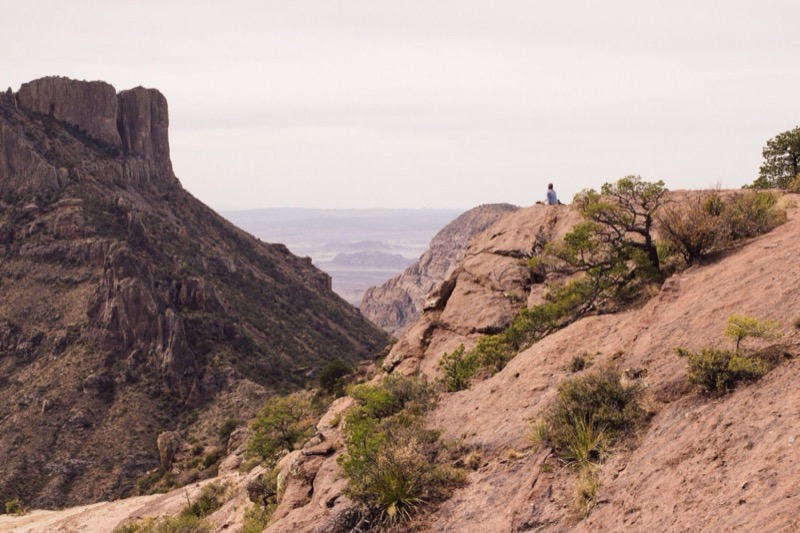
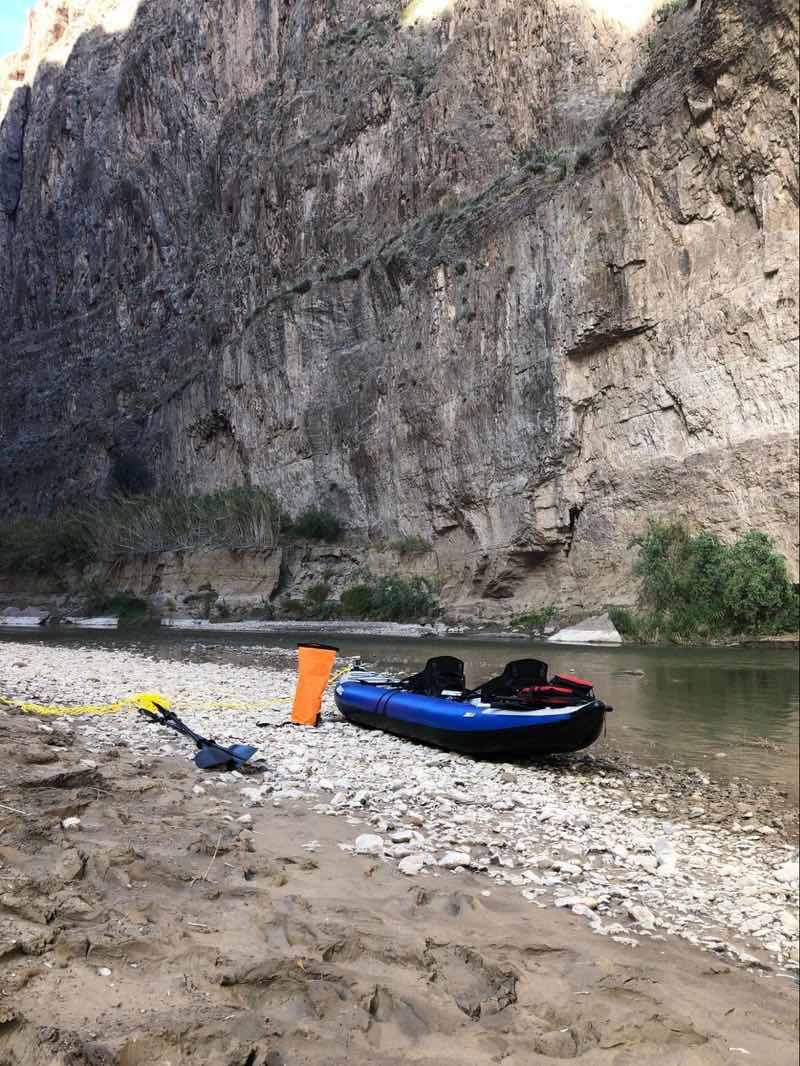
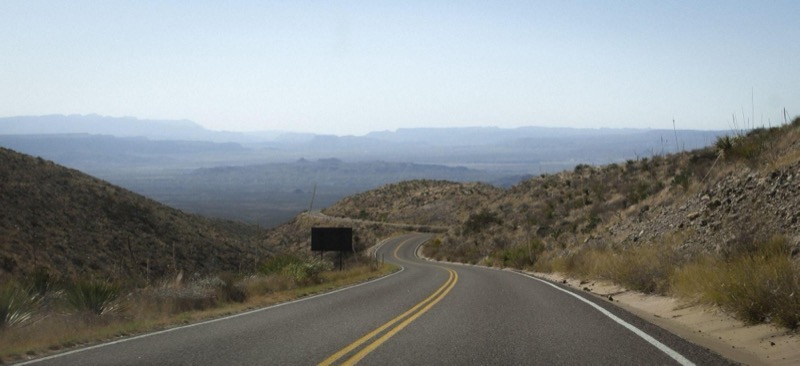
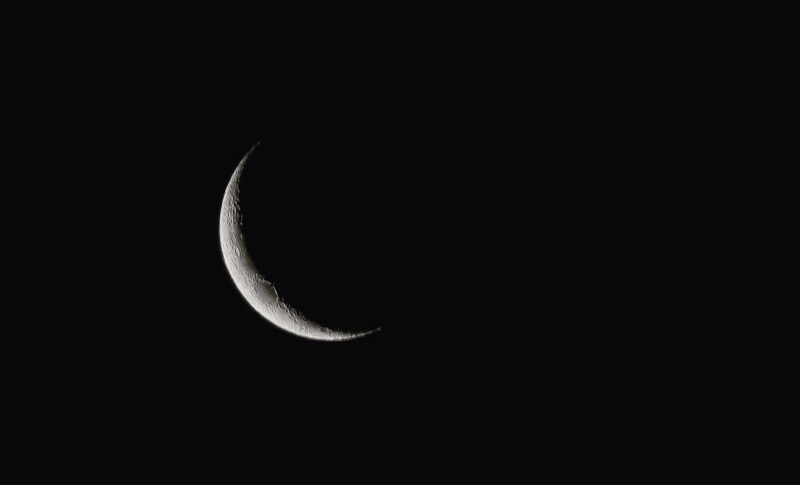
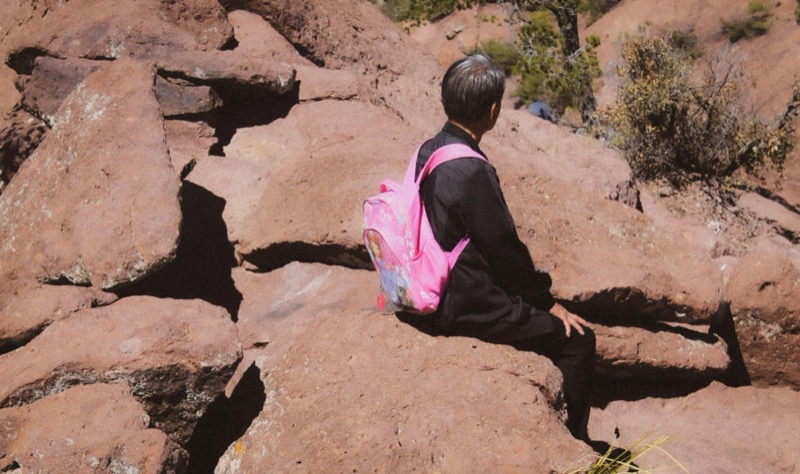
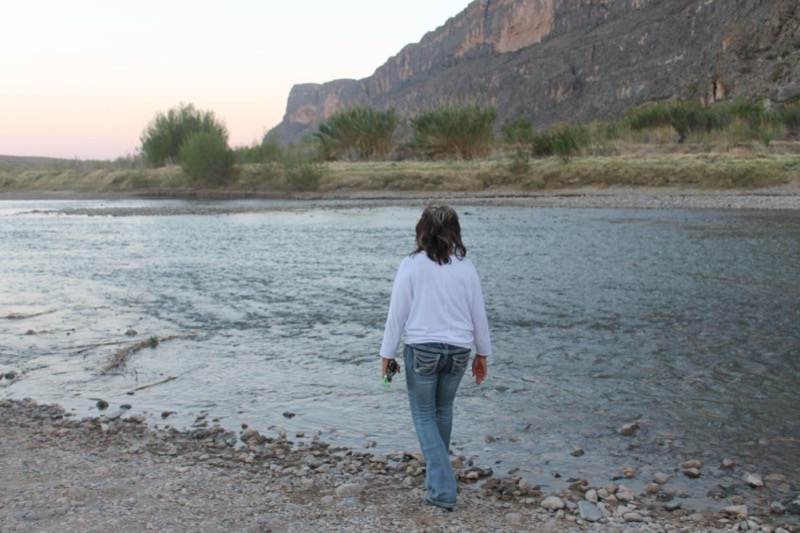
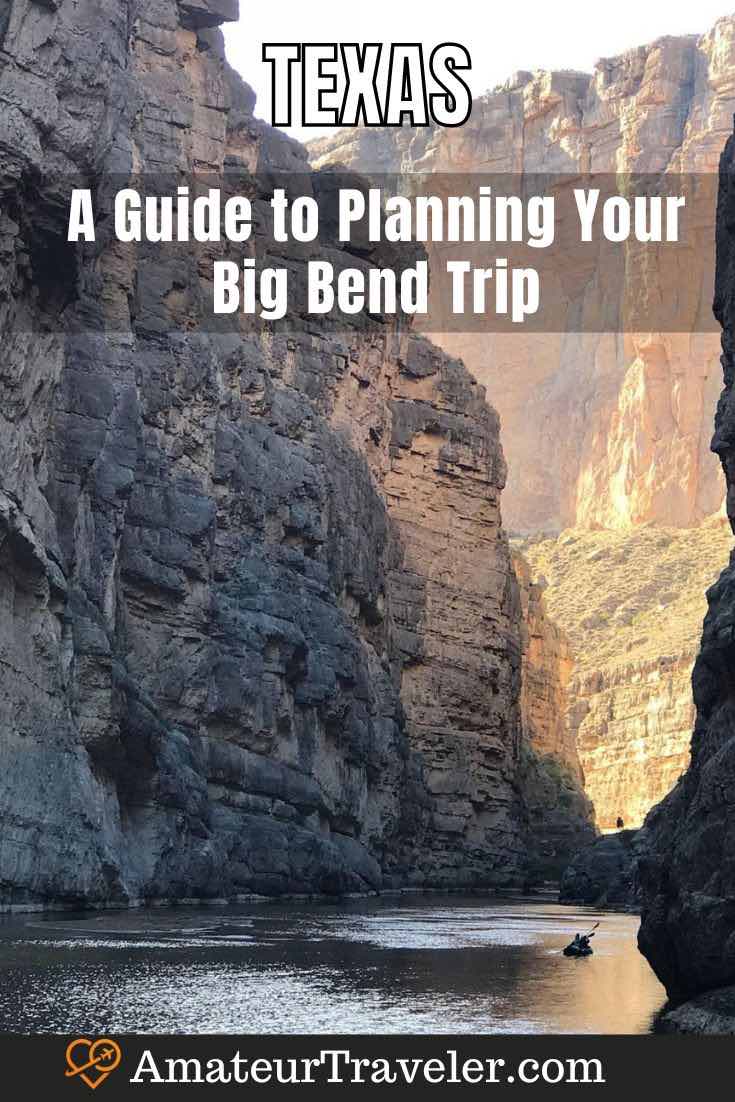
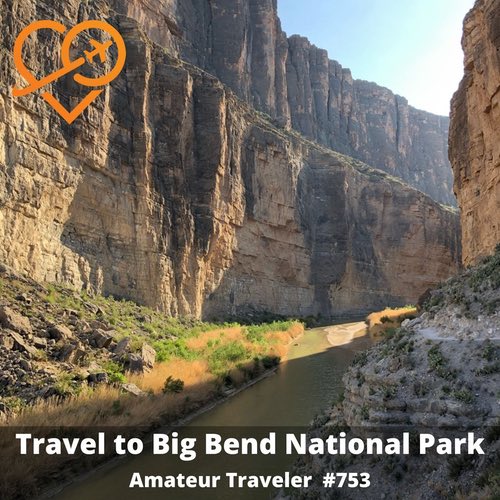 Travel to Big Bend National Park and Southwestern Texas – Episode 753
Travel to Big Bend National Park and Southwestern Texas – Episode 753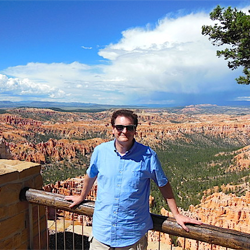 Las Vegas to Zion National Park and Bryce National Park Day Trip
Las Vegas to Zion National Park and Bryce National Park Day Trip National Park Road Trip in the American Southwest
National Park Road Trip in the American Southwest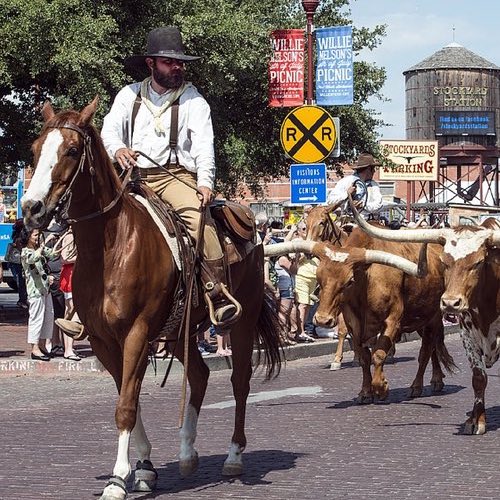 Texas Road Trip – 7 Best Places to Go in Texas and Why
Texas Road Trip – 7 Best Places to Go in Texas and Why
